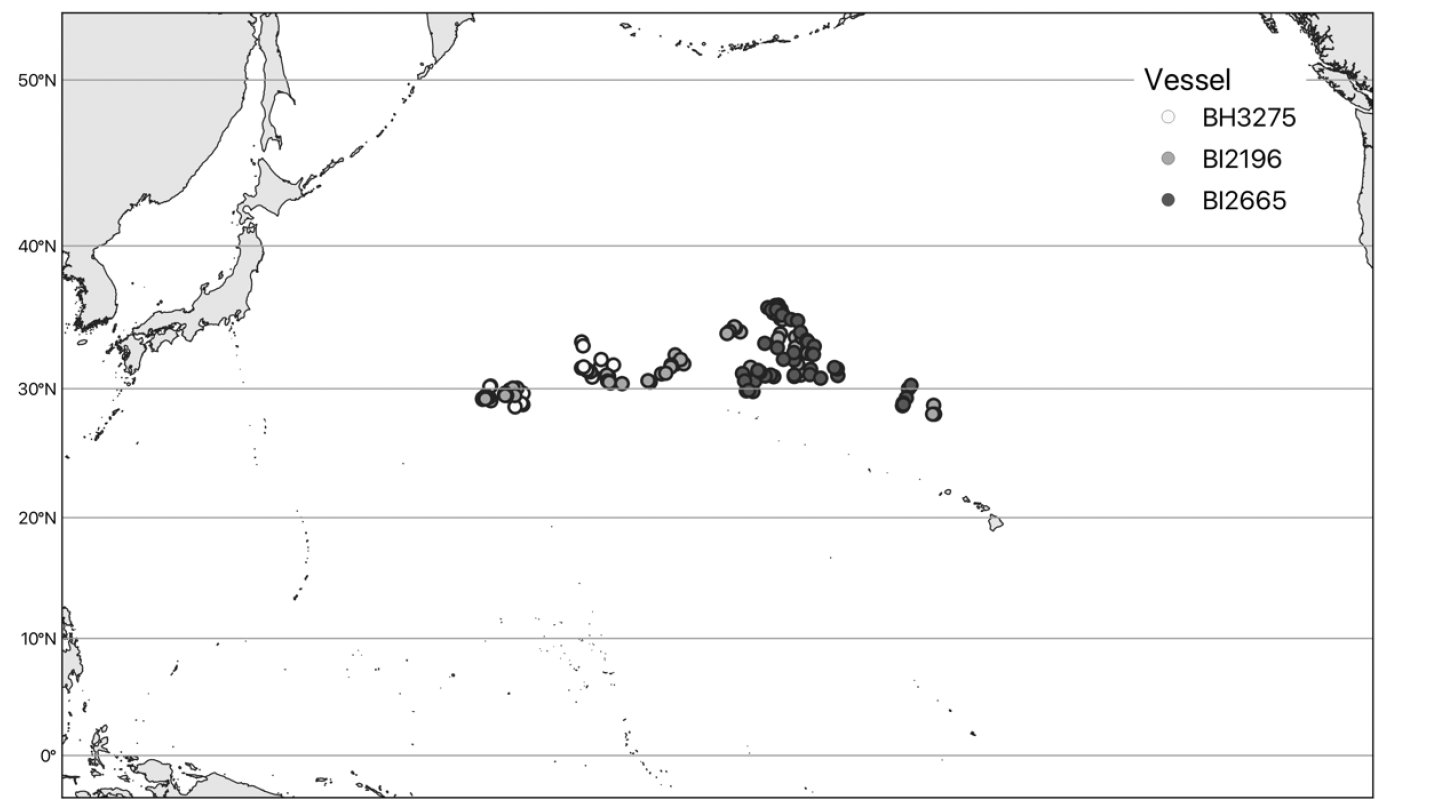 Figure 1 from the paper: Locations of each vessel conducted the experiment. Each dot represents each set the experiment was carried out.
Figure 1 from the paper: Locations of each vessel conducted the experiment. Each dot represents each set the experiment was carried out.
A paper on an experiment involving the use of bird scaring lines on tuna longline fishing vessels in the North Pacific Ocean has been presented to the Scientific Committee Nineteenth Regular Session, Western and Central Pacific Fisheries Commission, held in Koror, Palau, 16–24 August 2023. Presented by Dr. Kuo Ting-chun, the paper was the result of research carried out through a collaboration between Scott Pursner and Stephanie Prince, with support from Chinese Taipei's Fisheries Agency.
The paper’s abstract follows:
“Many seabird species are facing a significant threat from the bycatch associated with longline fisheries. To mitigate this issue, bird-scaring lines, also known as tori lines, are commonly employed on tuna longline vessels to minimize seabird bycatch. While numerous tuna regional fisheries management organizations (RFMOs) have imposed regulations requiring the use of tori lines that adhere to specific specifications, no research has been conducted to assess the suitability of such regulations for Taiwanese tuna longline vessels. In order to address this knowledge gap, our study aimed to conduct experiments on three large vessels in the North Pacific Ocean to evaluate the effectiveness of internationally standardized tori lines in comparison to the lines made by the captains on these vessels. The results indicated that the seabird bycatch per unit effort ranged from 0.07 to 0.63 birds per 1000 hooks per vessel. Using zero-inflated generalized linear mixed models, we identified that the probability of seabird bycatch increased in higher latitudes, while the bycatch rate was higher when using tori lines with the international standard than in the tori line made by the captains. This discrepancy may be attributed to the standard tori lines broke more frequently during the experiment. Based on the findings, we recommend the adoption of "O-Kuan" as the material for the main rope of the tori line, which is the same material used for the main fishing rope on Taiwanese vessels. Additionally, we suggest retaining the dragging part of the line while reducing the total length of the tori line. Furthermore, we conducted measurements on the sinking rates of the hooks for the three experimental vessels, which ranged from 0.19 to 0.43 m/s. Conducting further research to explore the sinking rate, while utilizing tori line to prevent seabird bycatch, would be valuable in establishing effective seabird mitigation practices for Taiwanese longline vessels.”
Reference:
Kuo, T.-C., Pursner, S., Prince, S., Gianuca, D. 2023. Tori line experiments on Taiwanese tuna longline fishing vessels in the North Pacific Ocean. Scientific Committee Nineteenth Regular Session, Western and Central Pacific Fisheries Commission, Koror, Palau, 16–24 August 2023. WCPFC-SC19-2023/EB. 16pp.
01 September 2023

 English
English  Français
Français  Español
Español 
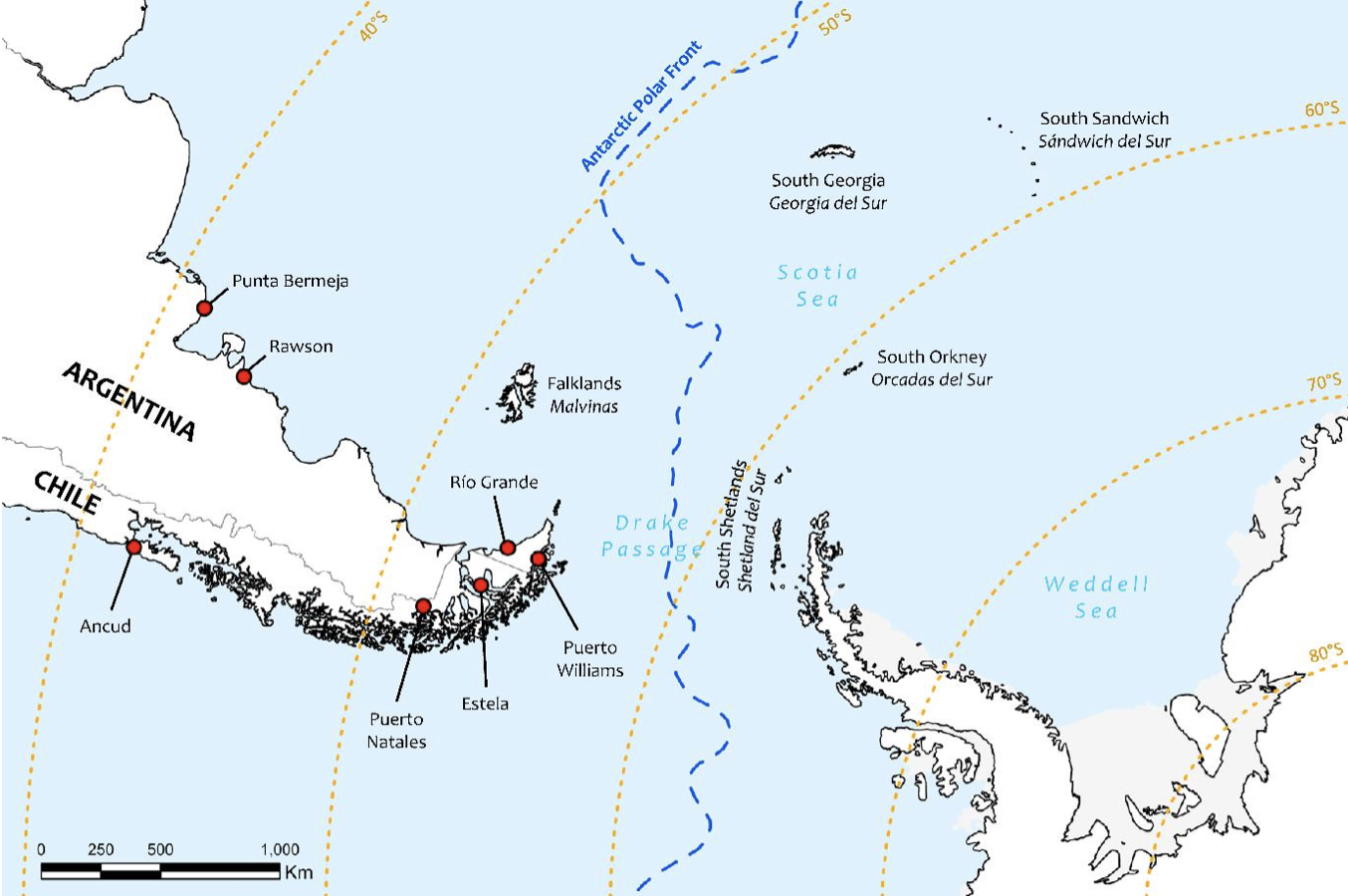 Figure from the Statement. Map of the southern tip of South America and western Antarctica, indicating localities and island groups mentioned in the text. Notable locations in South America mentioned in the text are denoted by a red circle.
Figure from the Statement. Map of the southern tip of South America and western Antarctica, indicating localities and island groups mentioned in the text. Notable locations in South America mentioned in the text are denoted by a red circle.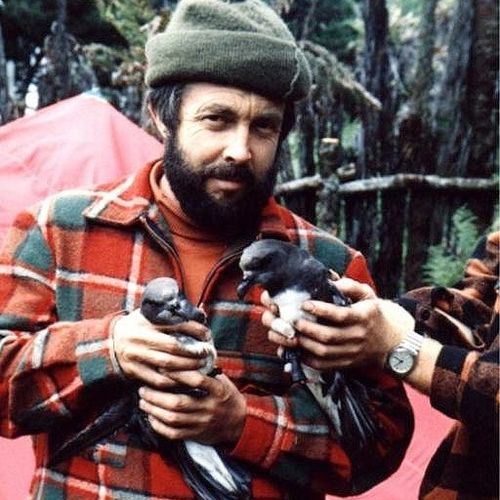

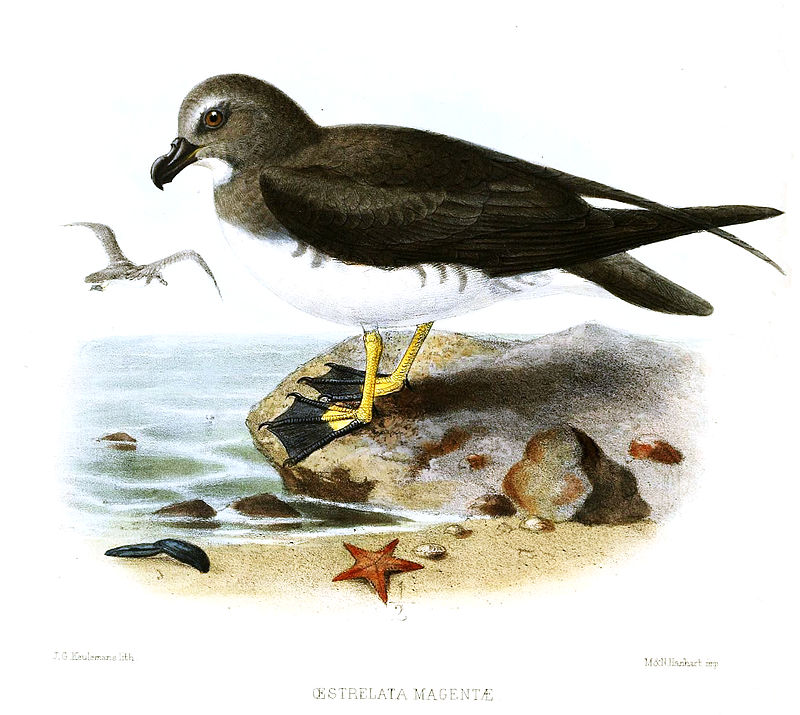
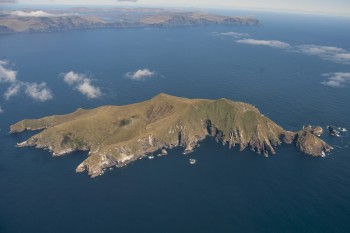 Filling data gaps for the population of Wandering Albatrosses on New Zealand's Disappointment Island (pictured) was one of the aims of the research
Filling data gaps for the population of Wandering Albatrosses on New Zealand's Disappointment Island (pictured) was one of the aims of the research